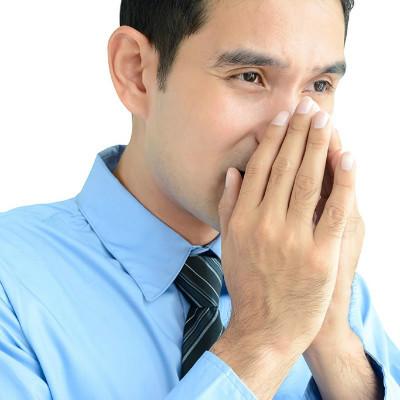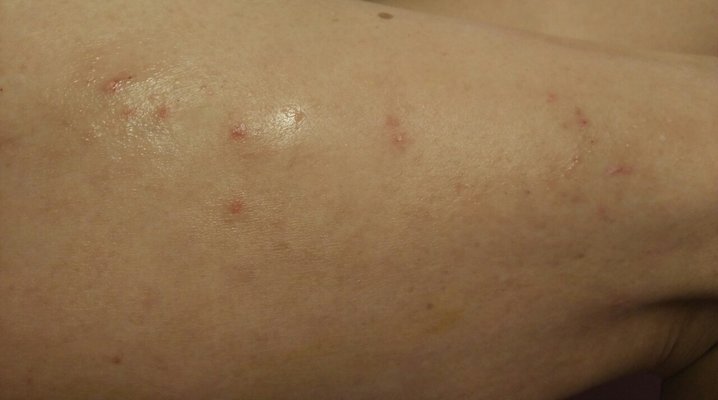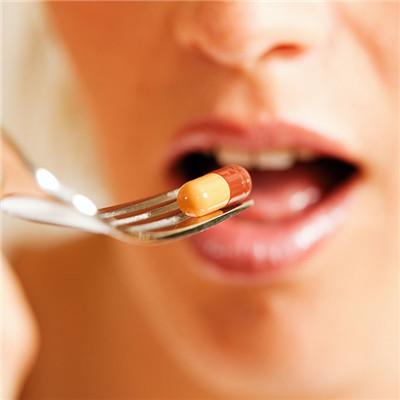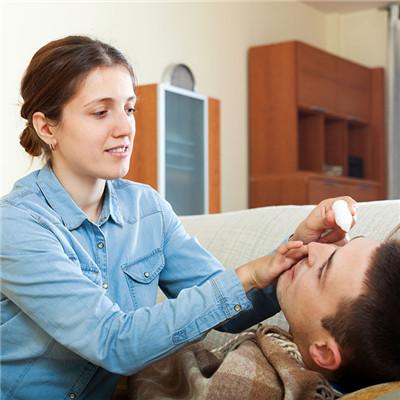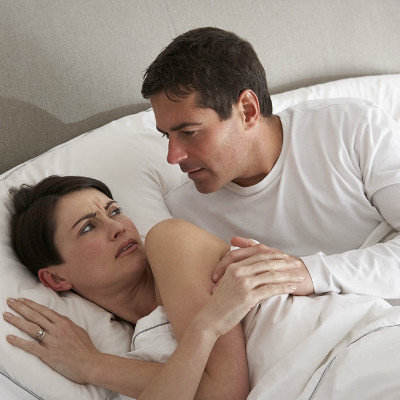The best treatment for Parkinson's disease
summary
The best treatment for Parkinson's disease? Parkinson's disease, also known as tremor paralysis, is the most common degenerative disease of the central nervous system in the elderly. It got its name because a British doctor named Parkinson first described the symptoms, including dyskinesia, tremors and muscle stiffness.
The best treatment for Parkinson's disease
First: surgical treatment: there are mainly two ways of neuronuclear cell damage surgery (cell knife) and electrical stimulation surgery. The principle is to inhibit the abnormal activity of brain cells and achieve the purpose of improving symptoms. The former is to create a lesion about 3 mm in diameter on the abnormally active nucleus, while the latter is to implant stimulator to achieve similar damage effect through high-frequency electrical stimulation. There is no big difference between the two in terms of surgical operation technology. Both of them are to put the electrodes on the specific target of the brain nucleus, and then stimulate or damage them. The biggest disadvantage of nucleus cell damage surgery is that it is easy to relapse and irreversible, while electrical stimulation surgery is reversible and adjustable. The surgical treatment of Parkinson's disease in China is in a leading position in the world. In 1997, Professor Gao Guodong of the Fourth Military Medical University founded the "boundary positioning method", which won the second prize of national science and technology invention. This method directly improves the accuracy of surgery, reduces complications, and makes surgical treatment a real choice for patients with Parkinson's disease in the middle and late stages.

Second: drug treatment: in the early stage of the disease, drugs can improve the symptoms very well. The most commonly used and effective drug is levodopa preparation (trade name is Madopa or Xining). Since it was applied in clinical treatment in the 1960s, it has been the most core drug in clinical practice. Drugs must be taken for a long time. Once the treatment is stopped, the disease will recur. In the first few years, the effect of drug treatment is the best. Although most patients are still effective after long-term use, after long-term use, patients will feel that the effective time of drugs is shortened, and some patients will have "end of dose" phenomenon and "on-off" fluctuation. Drug treatment has certain limitations, usually after 3-5 years of treatment, the disease will become difficult to control, the side effects of drugs and their efficacy will be equal, patients feel that the ability of daily life is greatly limited.

Third: acupuncture treatment. The main acupuncture treatment of this disease is tremor and wind quenching. The commonly used body acupuncture points are Sishencong, Fengchi, Quchi, Hegu, Yanglingquan, Taichong, Taixi, etc. the acupoints can be added or subtracted according to the syndrome. The needle retention time is about 30-50 minutes, and the course of treatment is 10-15 days. The main stimulation area of scalp acupuncture is dance tremor control area. According to symptoms, it can cooperate with motor area, sensory area and other head meridian points. The course of treatment of this disease is long, and acupoint fatigue should be avoided. If necessary, the two groups of prescriptions can be used alternately. Because the disease is more intractable, electroacupuncture is often used in clinic. The frequency of electroacupuncture varies from 100 to 180 times / min, mainly continuous wave, sometimes density wave.

matters needing attention
The study also found that magnetic field has the following good effects on the human body: 1. It has the effect on the nervous system, has the inhibition effect on the over excited nerve cells, has the integration effect on the disordered nerve cells, has the repair effect on the anoxic damaged nerve cells, and has the activation and wake-up effect on the Hypofunctional nerve cells. Recently, American scientists also found that magnetic field can promote the regeneration of nerve cells, prevent Alzheimer's disease and prolong people's life. 2. For blood vessels, the magnetic field can increase the volume of red blood cells in the blood, increase the ability of hemoglobin to carry oxygen, and correct human hypoxia. When the blood flows through the magnetic field, the blood is magnetized, the negative charge on the surface of red blood cells increases, and the repulsive force between them increases, which reduces the aggregation and prevents thrombosis. Magnetic field dilates capillaries, enlarges blood diameter, accelerates blood flow, reduces blood viscosity, blood lipid and blood pressure. 3. For other functions, magnetic field can promote the dilation of heart blood vessels, improve heart blood circulation, improve blood supply ability, prevent and treat angina pectoris and coronary heart disease, regulate endocrine system and increase immunity.
